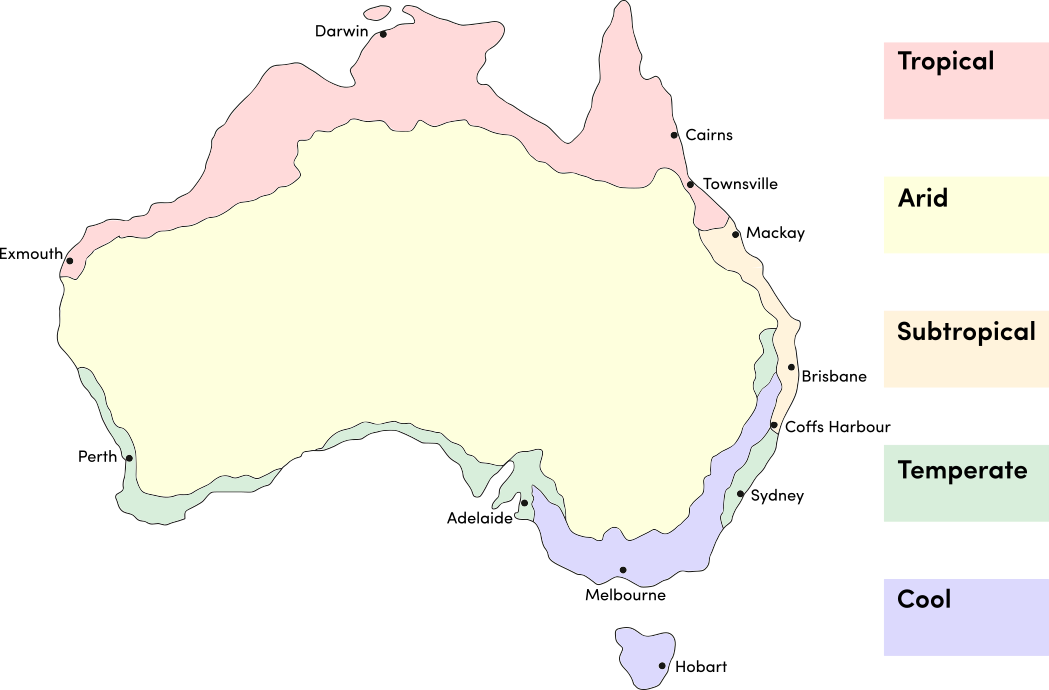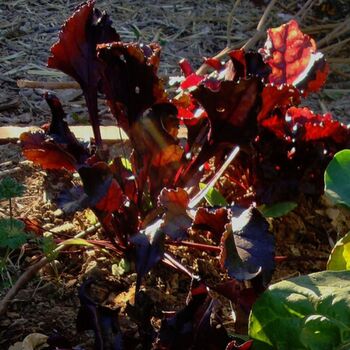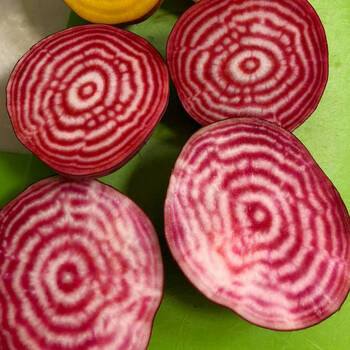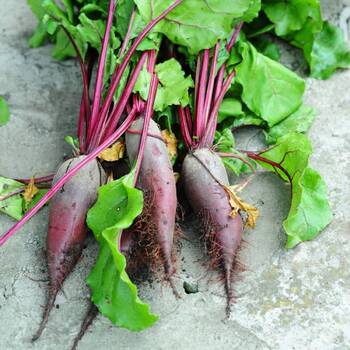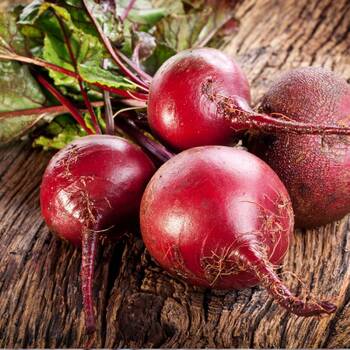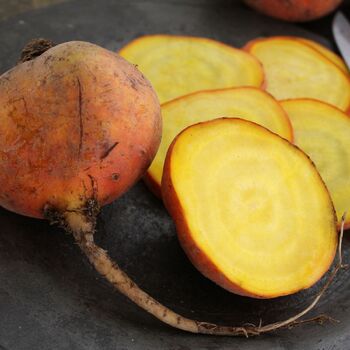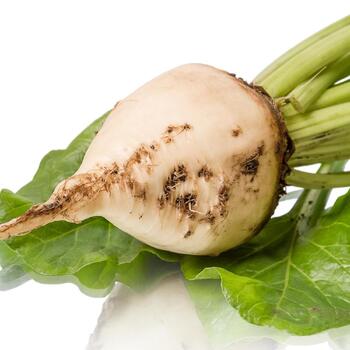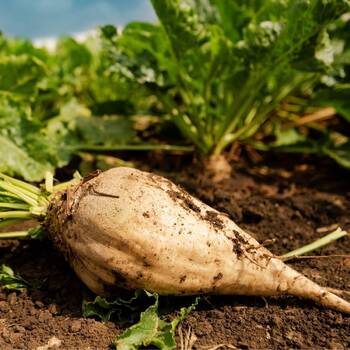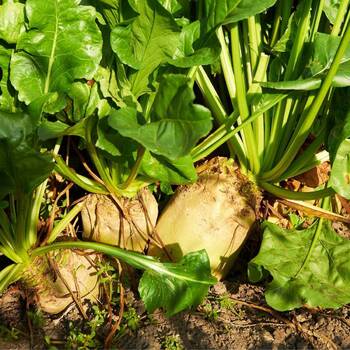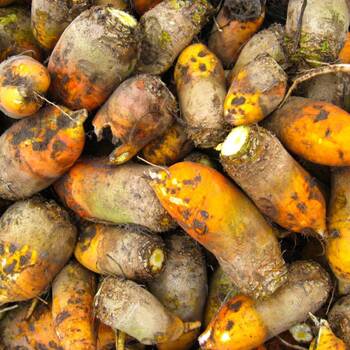Beetroot Seeds_
Guides
-
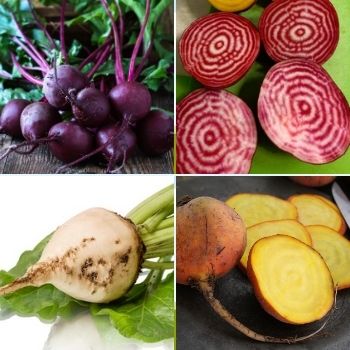
How to Grow Beetroot Seeds
A comprehensive guide on how to grow Beetroot Seeds; including soil preparation and position, when and how to sow, when and how to harvest and common pests and diseases. View guide.
-
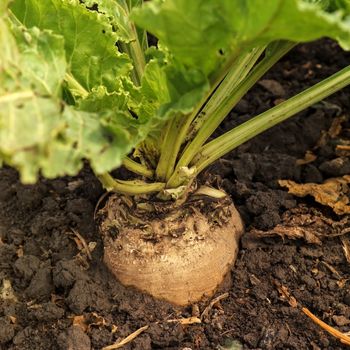
How to Grow Sugar Beet Seeds
A comprehensive guide on how to grow Sugar Beet Seeds; including soil preparation and position, when and how to sow, when and how to harvest and common pests and diseases. View guide.
-
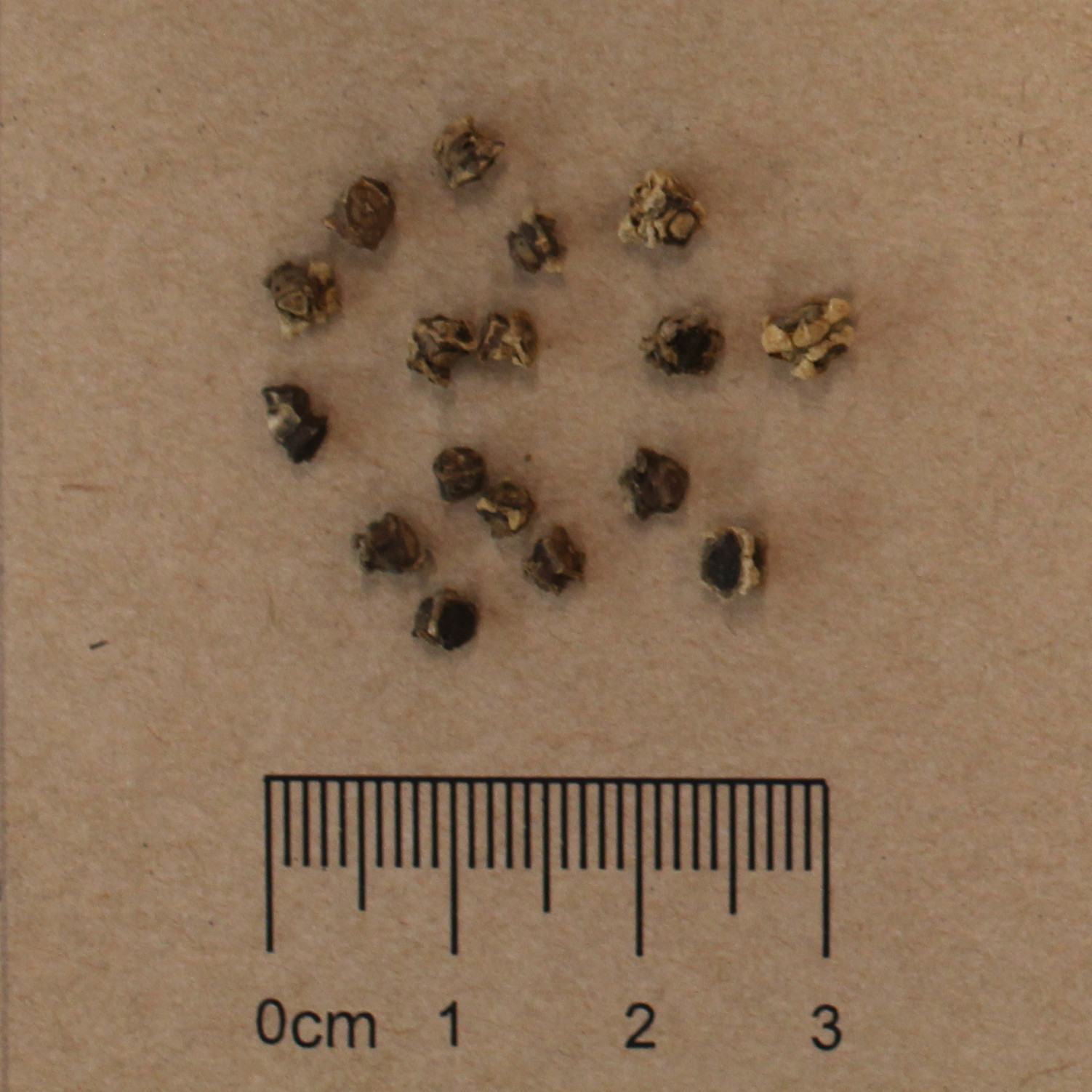
Seed Saving Guide: Beetroot (Beta vulgaris)
A guide on how to save Beetroot seeds; including pollination type, isolation distance, when to harvest and best cleaning methods. View guide.
More Related Content
-
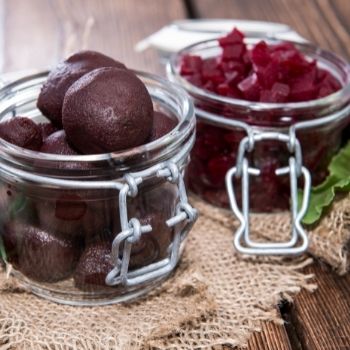
Bottling Beetroot- Simple Beetroot Preservation
A guide on how bottle your own beetroot at home. It takes you through the entire process step by step in great detail. It is perfect for beginners who want to try bottling their own beetroot for the first time. Read article.
-
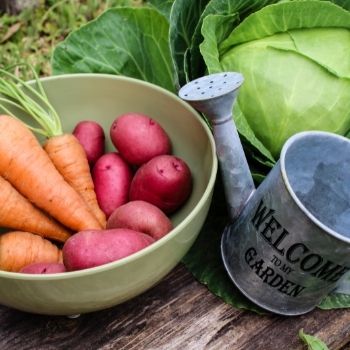
Low-Maintenance Vegetable Gardening - Homegrown Produce Without the Hassle
Not all veggies need hand-holding and constant encouragement. This article explains how to use low-maintenance plant varieties and techniques to fit vegetable growing into a busy schedule. Read article.
-
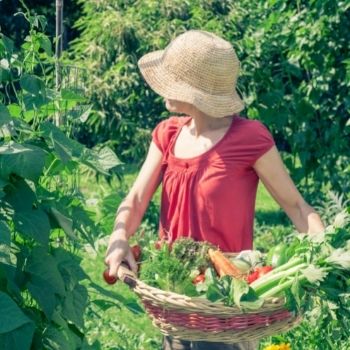
High-Yield Vegetables - How to Get the Most from Your Veggie Patch
It may be great fun to experiment with growing unusual crop varieties, but if your harvest is a disappointment it can quickly make gardening a chore rather than a pleasure. This article describes ten productive plants all veggie growers should consider. Read article.
-
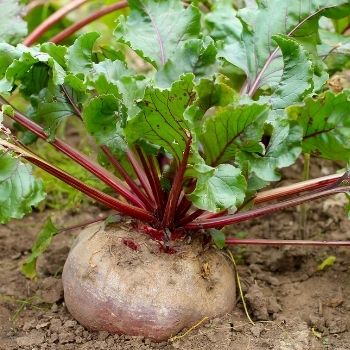
Beetroot: An Underrated Addition to Your Veggie Patch
Beetroot is far more versatile than its typical appearance atop a burger suggests. It's quick and easy to grow, and almost the entire plant is deliciously edible. Here's what you need to know to grow and use this often-underrated vegetable. Read article.
-
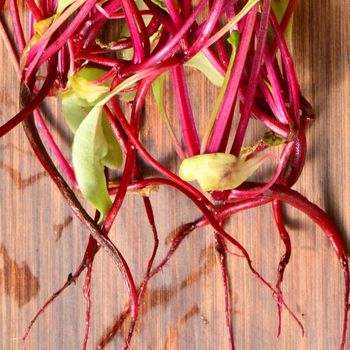
Troubleshooting: Radish, Beetroot and Other Veggies Not Forming Roots
There’s little more disappointing than harvesting radish, beetroot and other root vegetables that look large and healthy above ground, only to find they’re rootless beneath the soil. Here are 7 reasons why that can happen, and how to fix things. Read article.

